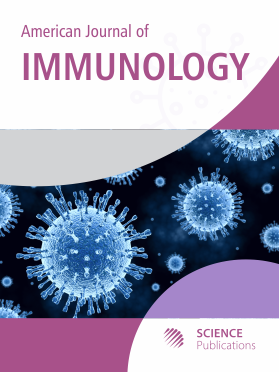A Model of Intestinal Anaphylaxis in Whey Sensitized Balb/c Mice
- 1 University of Oran, Algeria
Abstract
Problem statement: Cow’s Milk Allergy (CMA) is a common disease in childhood. Pathophysiological mechanisms involved in gastrointestinal symptoms are relatively poorly understood. Approach: Therefore, an experimental model of intestinal anaphylaxis was needed to approach the problem. The aim of this study was to examine the effect of the parenteral sensitization to whey proteins through immune response and local intestine inflammation using a murine model of allergy. Sensitization of Balb/c mice with ß-lactoglobulin (ß-Lg) or whey was performed in presence of Alum Al (OH3). Mice were analyzed for ß-Lg or whey specific serum antibodies by ELISA. Local anaphylactic responses were performed in vitro in using chamber by intestine challenge with ß-Lg or whey. Histological study was used to assess gut inflammation. Results: The sensitization induced the production of anti- ß-Lg or anti whey IgG, IgG1, IgG2a and IgE with a high IgG1/IgG2a ratio translating Th2 type response. The addition of ß-Lg or whey to the serosal side of the mouse intestinal epithelium in using chamber produced electrogenic chloride secretion as shown by Isc stimulation. Histological findings were mild with villi atrophy and lymphocyte hyperplasia. Conclusion: After sensitization, the mice became prone to developing anaphylactic response and may be useful experimental model for mechanistic studies of CMA or for hydrolyzed formulae.
DOI: https://doi.org/10.3844/ajisp.2009.56.60

- 3,800 Views
- 2,639 Downloads
- 13 Citations
Download
Keywords
- Cow’s milk allergy
- whey
- murine model
- IgE
- IgG1
- anaphylactic response
